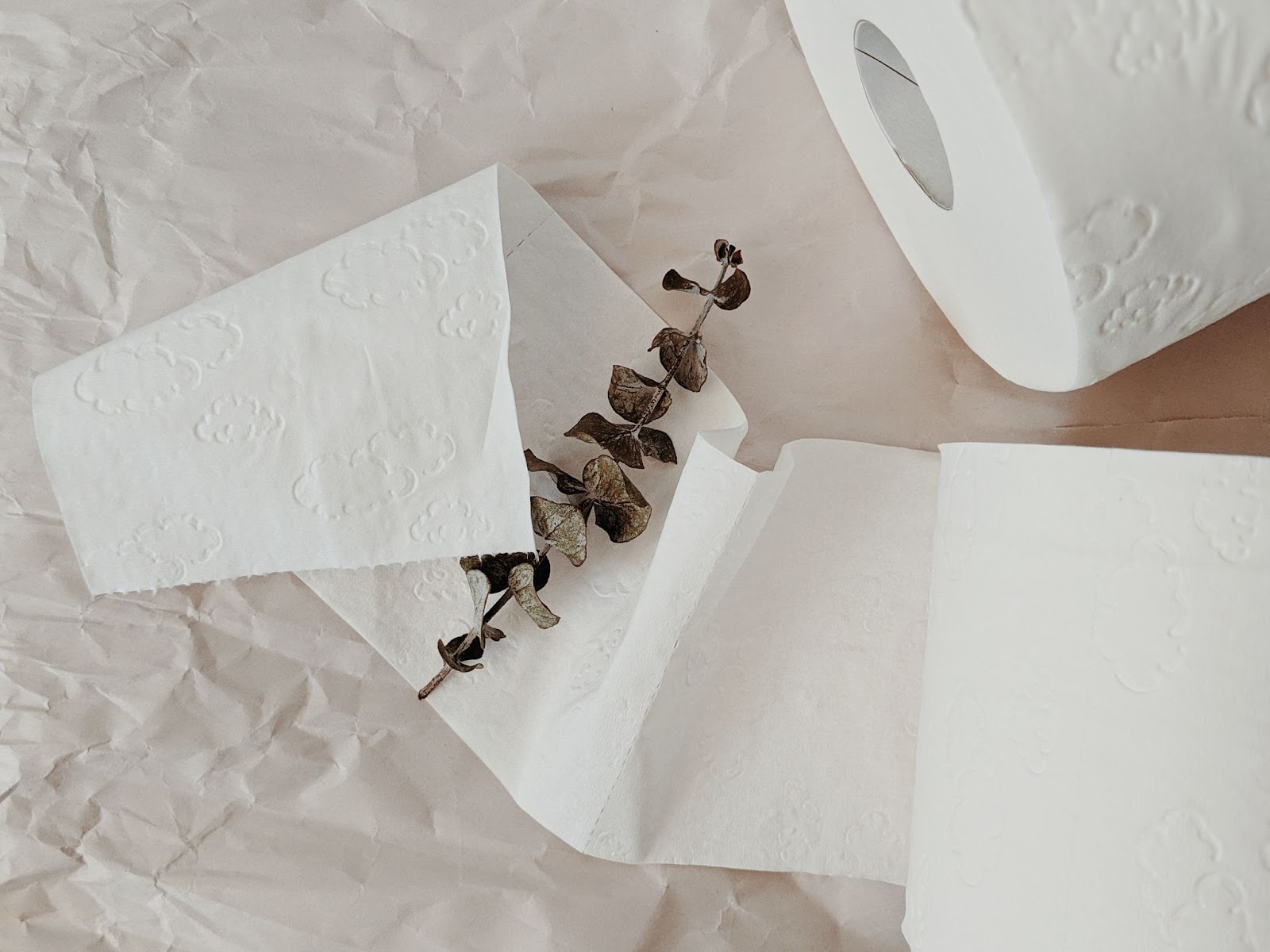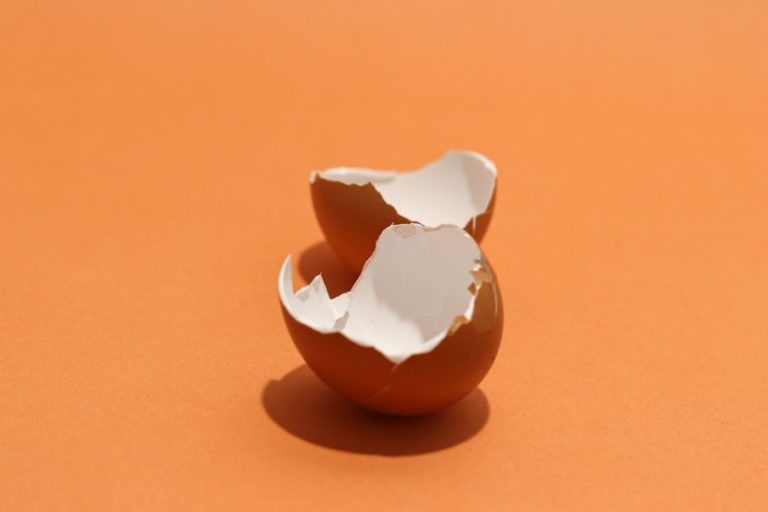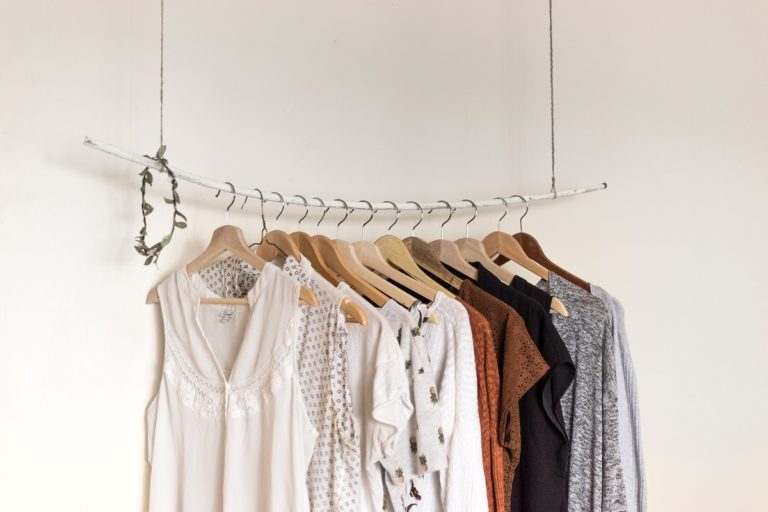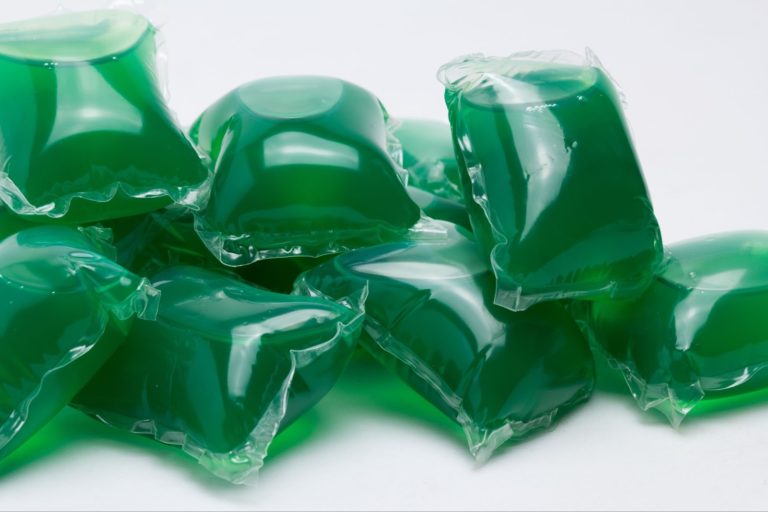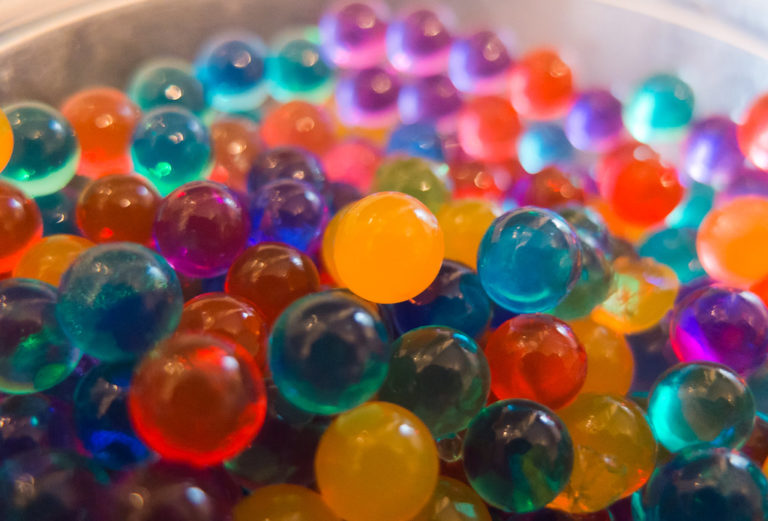Is Tissue Paper Biodegradable and Eco-Friendly?
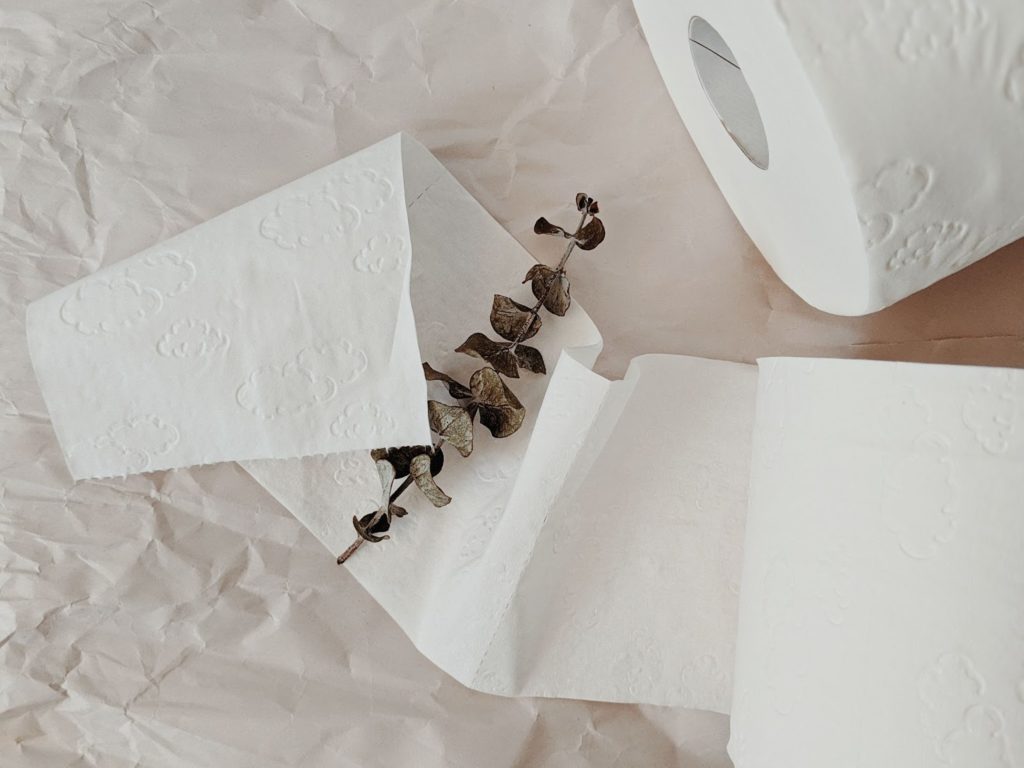
Tissue paper is usually made from virgin wood pulp, which is not eco-friendly. However, there are some brands that use recycled paper to make tissue paper. So, it really depends on the brand you choose.
Tissue paper is one of the most versatile and commonly used paper products in the world. Its uses range from wrapping gifts to cleaning up messes. But what many people don’t realize is that tissue paper is also biodegradable and eco-friendly.
Yes, that’s right! Tissue paper can be broken down by bacteria and other organisms, making it a great eco-friendly option. Plus, it’s often made from recycled materials, so it’s gentle on the environment.
Is Tissue Paper Biodegradable?
We all know that paper products are made from trees. And, as we are all aware, trees are a renewable resource. They grow back. So, that’s good news, right?
But what about the paper products we use every day? Things like toilet paper, paper towels, and tissues? Are they biodegradable?
The answer is: it depends.
Toilet paper is usually made from virgin pulp, which means it’s not recycled. And, while some brands are starting to use recycled paper, it’s not the norm yet. So, unfortunately, toilet paper is not biodegradable.
Paper towels are a little better. They are often made from recycled paper, so they are biodegradable. But, they can also be made from virgin pulp, so it depends on the brand.
Tissues are the best of the bunch. They are usually made from recycled paper, so they are biodegradable.
Although all toilet paper can be broken down into compost, not every brand of tissue paper is made the same way or from the same components.
Tissue paper with a biodegradable label often has a higher price point and decomposes in a shorter amount of time than normal tissue papers.
However, buyers like yourself are frequently left wondering what the underlying distinctions are and if this is a green-washing approach for raising sales because of the price difference between the two options.
However, the process of disintegration in different tissue sheets can look very different.
There are tissue papers created from biodegradable materials that have no added chemicals, and there are also tissue papers made from recycled paper bags or cartons. Neither of these options contains any chemicals.
Meaning of Biodegradable Tissue Paper
It’s unclear why a corporation would go to the trouble of labelling their tissue paper as biodegradable if all tissue paper is biodegradable. In reality, it couldn’t be easier.
All tissue sheets decompose in time, however those labelled “biodegradable” decompose far more rapidly.
In order to produce biodegradable tissue paper, businesses use the following
- Bamboo
- Hemp
- Kenaf
- Waste Material from Sugar Cane
Whereas, regular tissue papers are made of:
- Hardwood from trees
- Softwood from trees
Unfortunately, most conventional tissue paper is made from tree species that once stood in pristine ecosystems, which is a major drawback of using such paper. To lose 27,000 trees every day is quite disturbing.
What are the Advantages of Using Biodegradable Tissue Paper?
If we want to lessen our impact on the planet, we should all switch to using biodegradable paper goods like tissue paper. There are many benefits over conventional tissue paper that make biodegradable tissue paper the better option.
- We’ve established that employing biodegradable tissue papers has a substantially smaller environmental impact.
- It’s a greener alternative to traditional papers in every way: sourcing, manufacturing, and disposal.
- It’s quite unlikely, for instance, that you’ll have problems with clogs or overflowing septic tanks if you use biodegradable tissue.
- Biodegradable tissue not only degrades rapidly and efficiently, but also uses fewer resources in the process.
- Biodegradable papers only need a small amount of water to decompose.
- You can find biodegradable tissue paper at most major retailers, as well as online.
Are Tissue papers compostable?
There are some biodegradable materials that cannot be broken down in a composting system. A key distinction is whether or not an object decomposes into biodegradable matter.
Tissues, especially those that have been bleached or perfumed, may release inorganic compounds.
The majority of human tissue types are biodegradable. Bleach, fragrance, and color treatments render tissues non-compostable.
Tissues, especially the unbleached kind, are not always acceptable in the household compost bin.
Only tissues that have been used to clean up liquids or food spills should be thrown into the compost bin; those used for facial hygiene should be thrown away.
The composting process could be contaminated with microorganisms from these used tissues. Some businesses even provide Drop-Off composting programs just for used tissues, which take them in exchange for a charge.
How to dispose tissues properly?
Here’s a quick guide to disposing of tissues properly:
- Used tissues can go in your general waste bin, or you can drop used tissues and other items off at a drop-off composting facility.
- If you used the tissues to wipe food stains or water, they can still go in your home compost bin so long as they are not bleached, dyed, or fragranced.
And that’s it! Disposing of used tissues doesn’t have to be complicated. Just put them in the proper bin and you’re good to go.
Do you have any other tips for disposing of tissues properly? Share them with us in the comments below!
Other Eco-Friendly alternatives to Tissues?
There aren’t many green alternatives to tissues because of how important they are for personal cleanliness and stopping the spread of illness. To be sure, there are alternatives to consider.
Handkerchief That Can Be Used More Than Once
One of the biggest drawbacks to tissues is that each one can only be used once. If you take care of your handkerchief, it will last you a lifetime. By reducing the need for tissues, which is produced by cutting down trees, using a handkerchief helps the environment. Even soft, old clothing can be used into a new handkerchief.
Use Recycled Tissues
The increased need for trees has been cited as a major environmental hazard in relation to tissues. Less trees are needed to produce recycled tissues, making them more eco-friendly. Keep in mind that certain recycled tissues still undergo additional processing, such as bleaching, dying, or scenting.
Bamboo Tissues
Bamboo is the world’s fastest-growing plant, whereas trees take decades to mature. While both trees and bamboo may be replenished, the latter has the environmental advantage due to its rapid growth.
Are Tissues Recyclable?
No, tissue paper is not recyclable.
While regular paper is recyclable, tissue paper is not. This is because tissue paper is not of a high enough quality to be recycled into a new product. Facial tissues are especially fragile and cannot be recycled.
Recycled tissues are made from recycled paper, not recycled tissue paper. So even if you put your used tissue in the recycle bin, it won’t be recycled into new tissue paper.
It’s also important to note that placing a used tissue in a recycle bin is not hygienic. This is because bacteria can spread easily on tissue paper. So it’s best to just throw your used tissues in the trash.
Final Thoughts
Tissue paper is made from wood pulp, and the production of wood pulp is a major source of deforestation. In fact, it’s estimated that tissue paper production is responsible for the destruction of more than 200,000 acres of forest each year.
That’s not all. The production of tissue paper also creates a lot of pollution. The chemicals used to bleach the wood pulp release harmful toxins into the air and water. And the process of turning wood pulp into tissue paper uses a lot of energy, which contributes to climate change.
So what can you do?
The best way to reduce the impact of tissue paper on the environment is to use less of it. That means using less paper towels, toilet paper, and napkins. And it also means recycling the tissue paper you do use.
You can also look for tissue paper that is made from recycled materials or from sustainable sources, like bamboo.
Whatever you do, remember that the little things can make a big difference – for the environment, and for the world.
